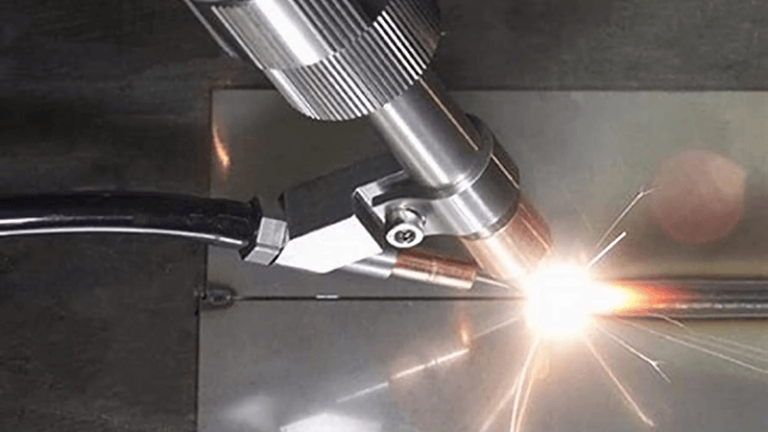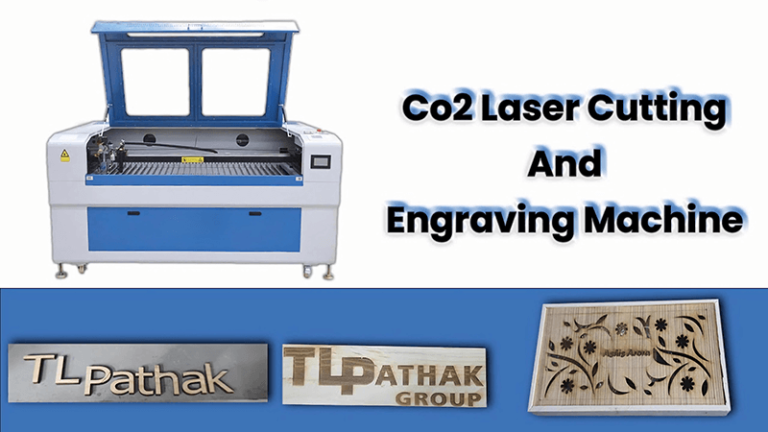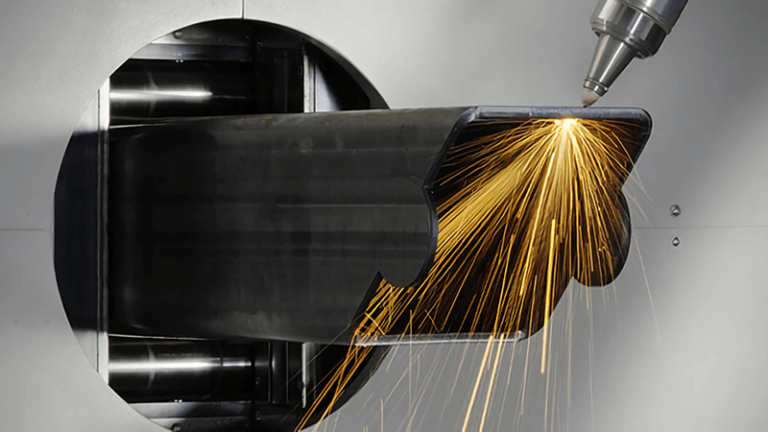When production schedules are tight and margins are thinner than ever, a reliable laser cutting partner can make or break your business. The wrong choice? Delays, defects, and disappointment. The right one? Precision, performance, and peace of mind.
The best way to choose a fiber laser cutting machining manufacturer is to look at laser source quality, customization capability, support responsiveness, and track record in your specific industry.
Choosing a manufacturer is not just about machine specs. It's about trust. I’ve been in this industry long enough to know: service and support are what keep your production running when things go wrong. Let’s dig into what really matters.
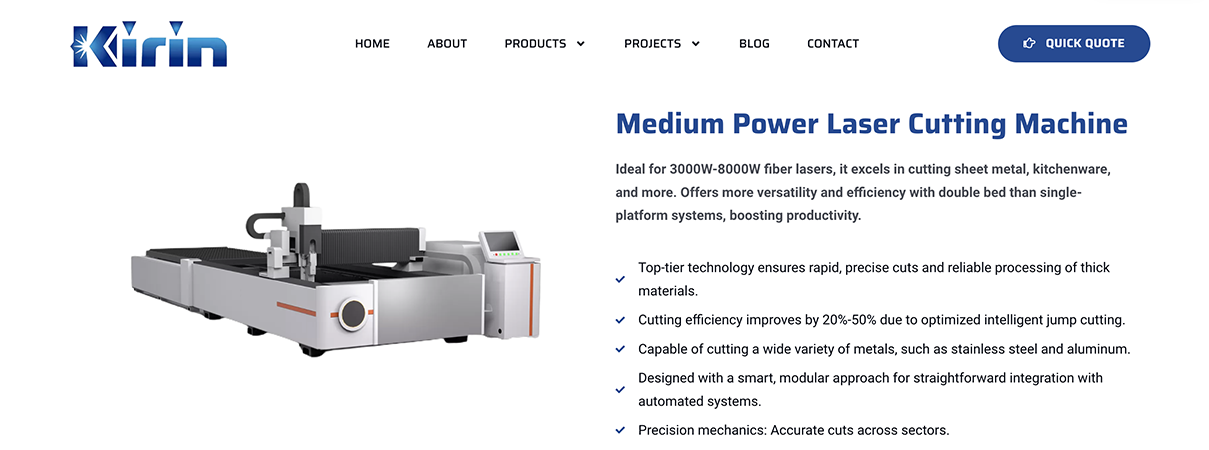
How to choose a fiber laser cutting machine?
Choosing the right fiber laser cutting machine can feel overwhelming. With so many brands, wattages, and table sizes out there, where do you begin? I’ve seen clients buy high-power lasers that gather dust or budget machines that die after six months.
You should choose a fiber laser cutter based on your material type, thickness, cutting speed needs, budget, and factory space. Look at the laser source, control system, machine bed, and after-sales support.
Understand Your Cutting Needs
Before anything else, figure out what you need to cut. Is it mild steel, stainless, brass, or aluminum? Different metals react differently under the laser beam. A 3kW machine might slice through 10mm stainless cleanly but struggle with copper due to reflectivity.
| Material | Recommended Laser Power | Notes |
|---|---|---|
| Mild Steel | 1.5kW - 3kW | Clean cuts, cost-effective |
| Stainless | 2kW - 4kW | Needs good beam quality |
| Aluminum | 3kW+ | Reflective, higher power helps |
| Brass/Copper | 3kW+ | Must use safety features |
Key Machine Components to Evaluate
- Laser Source1: We mainly use Raycus and IPG. Both offer stable beam quality, but IPG has a longer global support network.
- CNC Control System2: Look for intuitive interfaces. We recommend CypCut for beginners and FSCUT for advanced users.
- Machine Frame3: A heavy, well-welded bed keeps your cuts stable. Cheap machines often vibrate, hurting precision.
- Chiller & Exhaust: Overheating kills lasers. Invest in a good chiller and make sure your ventilation is strong.
One customer who ran a sign-making shop upgraded from a CO2 cutter to a 1.5kW fiber laser from us. His production tripled. He told me, “My only regret? Not switching sooner.”
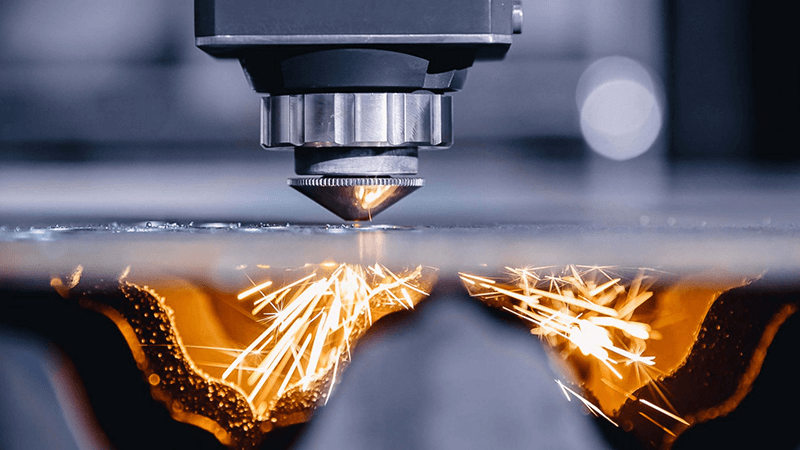
How to set up a laser cutting business?
You’ve decided to go into laser cutting. Great. But where do you begin? Buying a machine is one thing. Running a business is another.
To start a laser cutting business, you need a laser cutter that matches your target industry, a space with proper ventilation and power, trained operators, and a sales plan. Focus on service, delivery speed, and quality to build a strong reputation.
What You Need Before You Cut
1. The Right Machine
Depending on your niche, power and bed size matter. Sheet metal processing? Go for a 3kW+ machine. Jewelry or thin plate? 1.5kW is enough. At Kirin Laser, we customize sizes for small shops and large factories alike.
2. Proper Workspace
You need a dry, clean area. At least 50 sqm, ideally with 380V industrial power. Also, install safety glass windows and proper grounding.
3. Software and Training
Most of our clients use CypCut4. We offer video tutorials and remote training. New staff usually learn basic operations within two days.
4. Service Planning
Have a spare parts list5. We keep stock in China, but for key partners, we pre-ship kits. This cuts downtime when there’s a breakdown.
5. Marketing and Sales
Use Instagram, Alibaba, or local fairs to get orders. One of our clients in Texas posted cutting videos on Facebook and got his first five clients in a month.
Starting small is fine. Just don’t cut corners — pun intended. A solid first job leads to repeat orders. One of our best distributors started with a single 1kW machine in a garage.
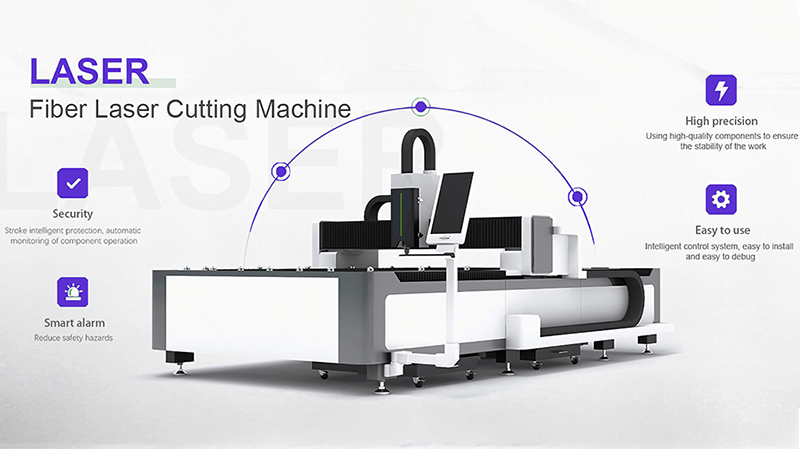
What to look for when buying a laser cutter?
A laser cutter is not a toy. It’s a business asset. Buying the wrong one means wasted money and lost clients.
When buying a laser cutter, focus on laser source quality, machine stability, software ease, maintenance, and after-sales support. Price is important, but long-term performance matters more.
Laser Cutter Checklist
Let’s go point by point on what to check:
Laser Source Brand
IPG is the gold standard. Raycus is cost-effective and now very stable. We offer both depending on your budget and region. One customer in Canada chose Raycus, and it's been running 8 hours a day for 18 months straight.
Control System
We bundle FSCUT or CypCut6 depending on the configuration. Both are reliable, but if you need auto nesting, choose FSCUT.
Machine Bed
Thicker frame = less vibration = cleaner edges. Don’t trust hollow-frame beds. Ours are annealed for 12 hours to remove stress.
Cooling & Electrical Parts
Check the chiller specs. Also, check for Schneider, SMC, or other global brands in the electronics — we use them across all our units.
Support and Spare Parts
This is what makes or breaks your production. I once helped a customer with remote troubleshooting from 10,000 miles away using our diagnostic tool. He said, “This is better than my local guy.”
| Feature | What to Look For | Why It Matters |
|---|---|---|
| Laser Source7 | IPG, Raycus | Affects cutting quality + life span |
| Controller | CypCut, FSCUT | Impacts ease of use and accuracy |
| Frame Quality | Welded steel, stress-relieved | Prevents vibrations |
| Spare Parts | Pre-stocked, global sourcing | Reduces downtime |
| Tech Support8 | Fast response, remote access capability | Keeps business running |
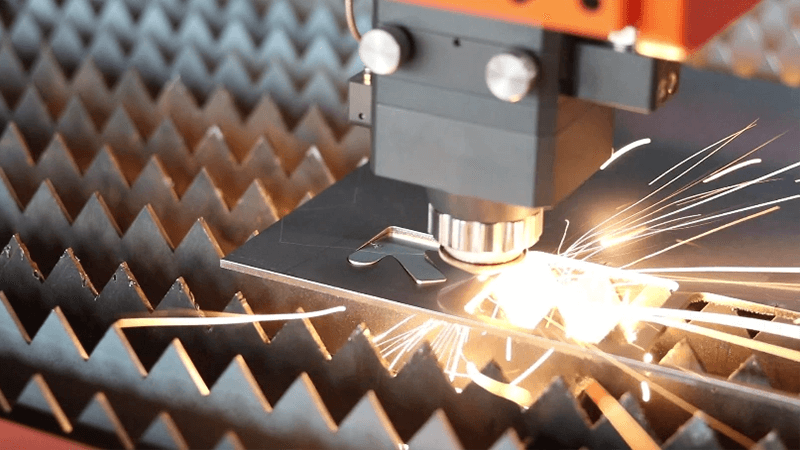
In which industry is laser cutting most commonly used?
Laser cutting has exploded across sectors. From automotive to signage to kitchenware, this technology is everywhere now.
Laser cutting is most commonly used in metal fabrication, automotive, kitchen appliance, elevator manufacturing, signage, and HVAC industries. These industries need high-precision cutting with fast turnaround and low labor input.
Where the Beams Go
1. Sheet Metal Fabrication
This is the biggest market. Cutting panels, brackets, or custom parts. A 3kW laser works all day. Many of our clients supply OEM parts for local manufacturers.
2. Automotive
Battery boxes, brackets, structural parts. We work with EV parts suppliers needing high consistency and tight tolerances9.
3. Signage and Decoration
Clean edges, fine detail. One of our 1.5kW machines cut out 3D letter signs for a luxury hotel chain in Dubai. No post-processing was needed.
4. Home Appliances
Microwave casings, cooker panels, ventilation grills. Clients love fast prototyping10 — change the CAD file, cut, and go.
5. Kitchenware
Laser cutting shines here. Sinks, shelves, even knife blades. High power, smooth finish, low material waste.
| Industry | Machine Power Range | Key Requirements |
|---|---|---|
| Metal Fabrication | 2kW – 6kW | High speed, edge quality |
| Automotive | 3kW – 8kW | Precision, low heat deformation |
| Signage | 1.5kW – 3kW | Detail cutting, no burrs |
| Appliances | 2kW – 4kW | Clean cuts, fast cycles |
| Kitchenware | 1.5kW – 3kW | Finish quality, stainless focus |
If you're entering one of these industries, don’t guess. Let us help you match the machine to your job. Our team handles inquiries daily from customers worldwide who just want to know, “Will this cut what I need?” That’s where we shine.
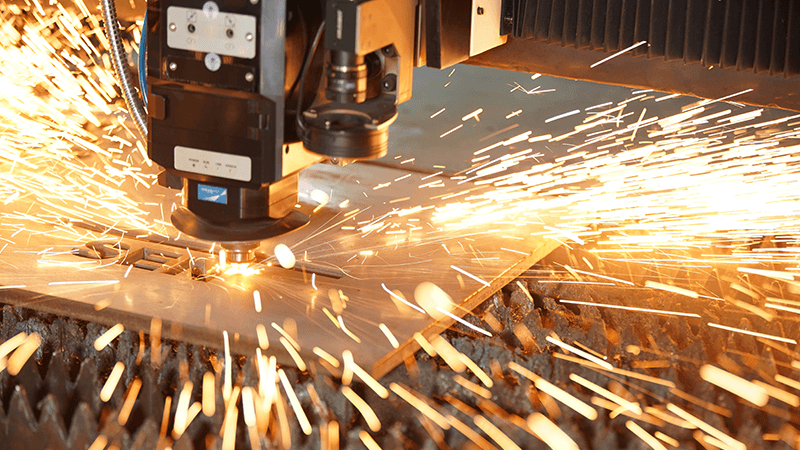
Conclusion
Choosing a fiber laser cutting manufacturer11 is not just about specs. It’s about support, precision, and trust. At Kirin Laser, we build machines, but more importantly, we build relationships. From choosing the right laser source to setting up your first job, we’re here to help. If you're serious about performance, customization, and long-term support, let’s talk. We don’t just sell lasers — we power your production.
-
Discover the pros and cons of Raycus vs. IPG to choose the best laser source for your cutting needs, ensuring stable beam quality and global support. ↩
-
Exploring CNC control systems can help you choose the right interface for your laser cutting needs, enhancing precision and usability. ↩
-
Discover why a robust machine frame is crucial for precision and stability in laser cutting, ensuring high-quality results and reducing vibrations. ↩
-
Explore this link to understand how CypCut can enhance your laser cutting operations and improve efficiency. ↩
-
Learn why a spare parts list is crucial for minimizing downtime and ensuring smooth operations in your business. ↩
-
Discover which control system suits your needs for auto nesting and reliability, ensuring optimal performance and ease of use for your machine. ↩
-
Explore this link to discover top laser source brands and their impact on cutting quality and lifespan. ↩
-
Learn why tech support is crucial for maintaining productivity and minimizing downtime in your operations. ↩
-
Understanding these concepts is crucial for ensuring quality in production, especially in the automotive industry. ↩
-
Exploring fast prototyping can enhance your production efficiency and adaptability, vital for modern manufacturing. ↩
-
Finding the best laser cutting machines and laser cutting machines supplier from Kirin Laser, clicking to get all your needs. ↩


